Learning Piano
Mastering Piano Chords Simplified
Mastering Piano Chords Simplified
Grasping piano chords can unlock the ability to play almost any song using just a basic chord chart, bypassing the need for extensive music theory knowledge or sheet music fluency. Chord notations might seem daunting at first, but they’ll become more intuitive once you familiarize yourself with scales and some basic chord theory.
Deciphering Chord Charts 
- Locate the Chord Chart: Unlike traditional sheet music that shows precise notes on a staff, chord charts use letters and symbols to represent chords. The chord’s name provides clues on how to form it on the piano, indicating which keys to press.
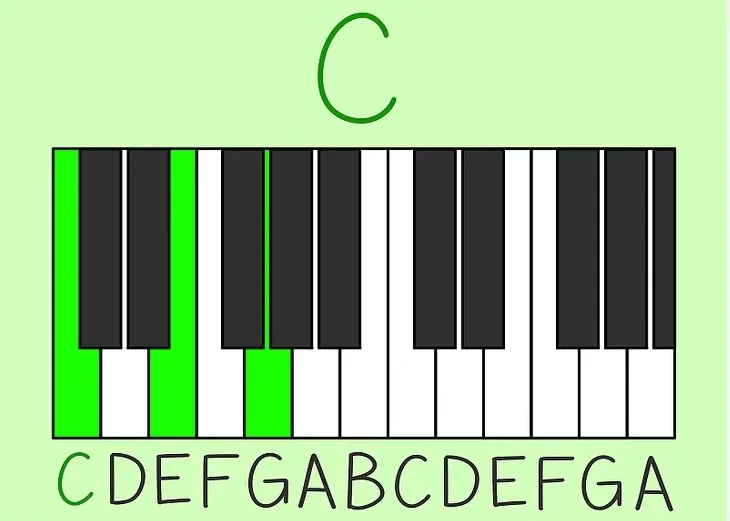
- Root Note Identification: The chord’s root note, indicated by the initial capital letter in the chord name, is your starting point. It lays the foundation for building the rest of the chord, guiding you on which keys to press first.
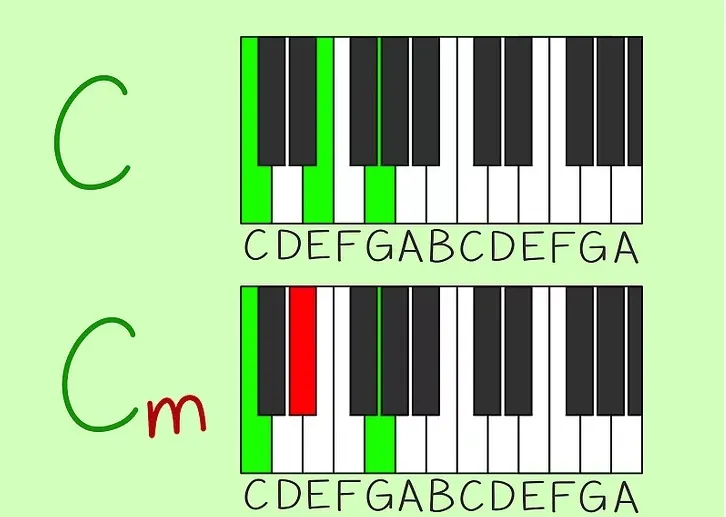
- Distinguishing Major and Minor Chords: Major and minor chords, forming the core of many songs, differ subtly in sound. Minor chords are essentially inverted major chords, giving them a distinct, more somber tone. Major chords are denoted by the root note’s capital letter, while minor chords have a lowercase “m” following the root note.
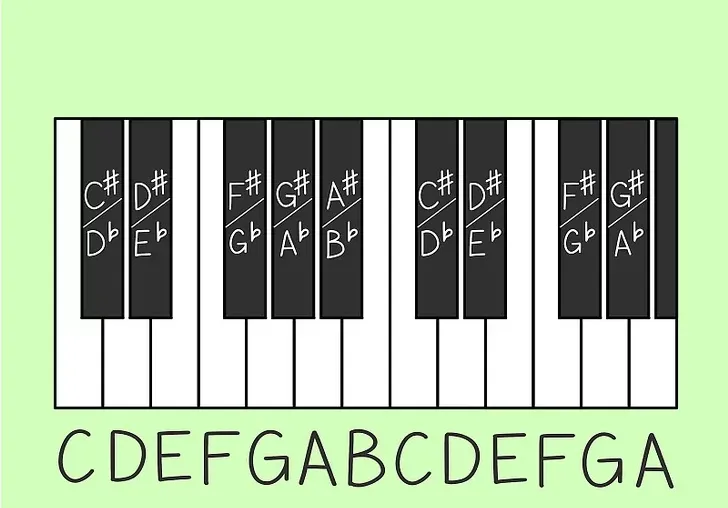
- Understanding Sharps and Flats: Sharps (#) and flats (b) in chord names refer to black keys on the piano. A sharp raises a note by a half step, while a flat lowers it, influencing which black keys you press.
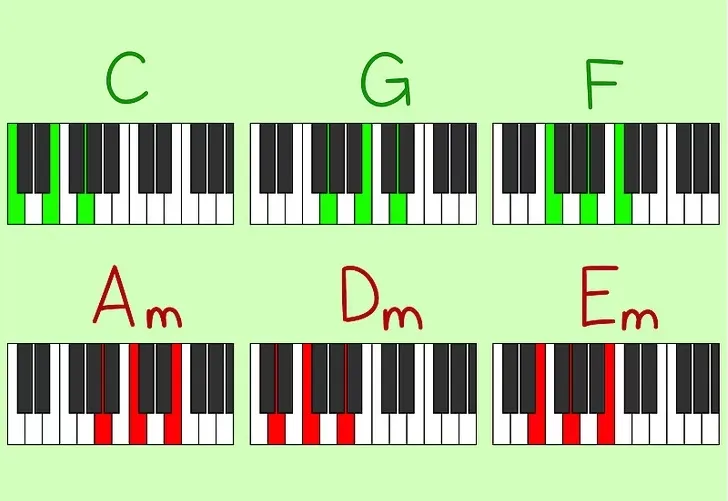
- Starting with Basic Chords: Begin with six fundamental chords playable on the white keys: three major (C, G, F) and three minor (A minor, D minor, E minor). This is a great way to start playing songs without worrying about sharps and flats.
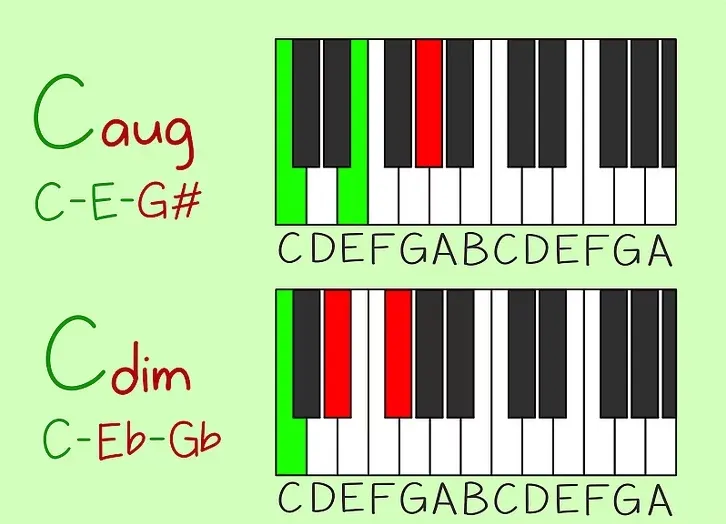
- Building the Chord: Beyond identifying the chord as major or minor, the notation may include additional instructions on chord variations, such as augmented (aug) or diminished (dim), which alter the standard major chord formation.
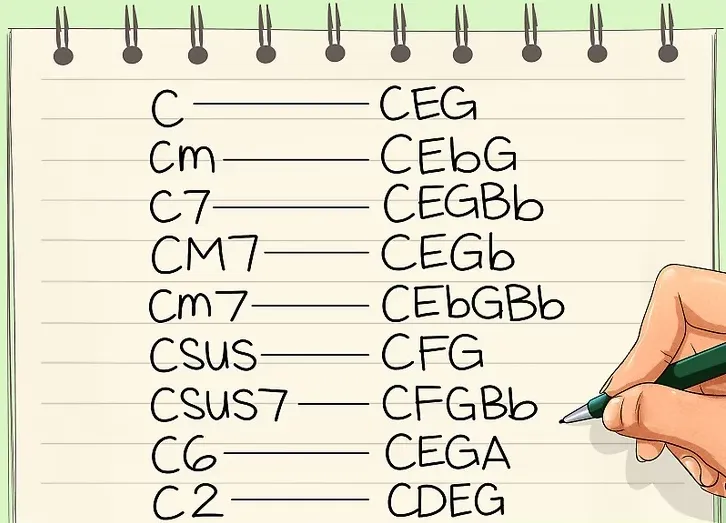
Learning Scales for Better Chord Understanding 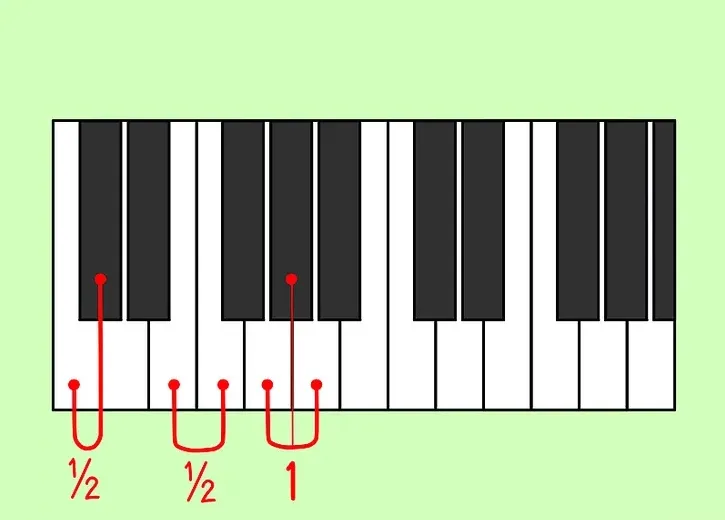
- Whole and Half Steps: Familiarize yourself with whole and half steps on the piano, essential for navigating scales and chords. A half step is the smallest distance between keys, while a whole step involves skipping one key.
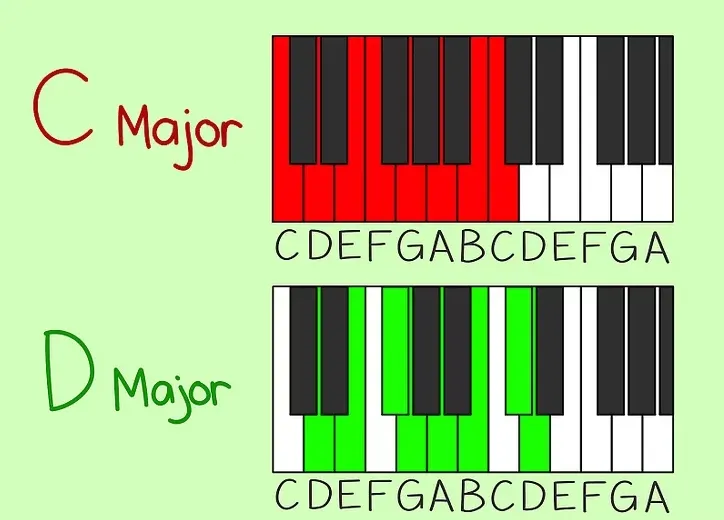
- Scale Practice: Play scales starting from any root note using the whole-whole-half-whole-whole-whole-half pattern. This exercise helps you understand the structure of scales and their relation to chords.
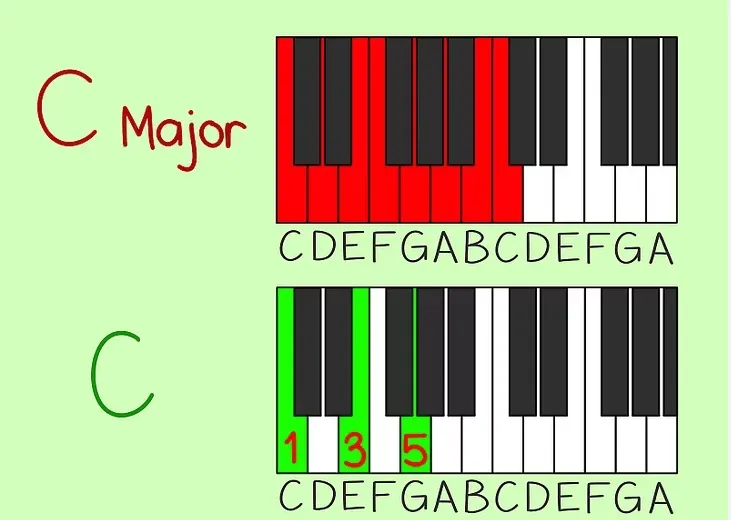
- Chords Within Scales: Once you know a scale, you can easily form its major and minor chords. Major chords are created from the first, third, and fifth notes of a scale, while minor chords lower the third note by a half step.
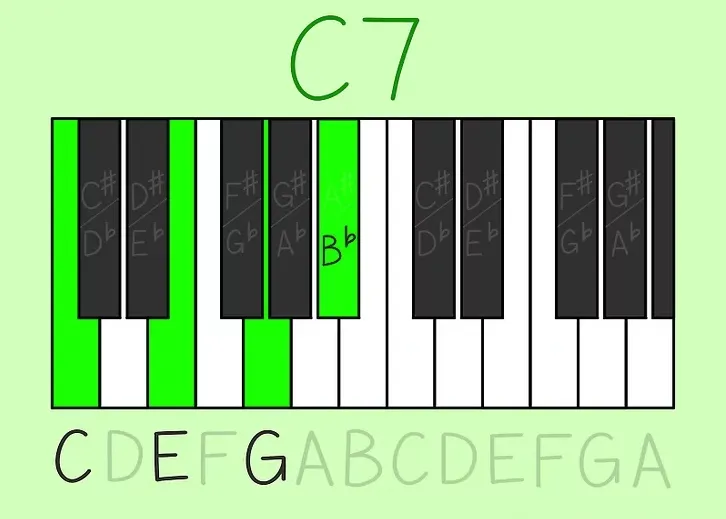
Grasping Chord Theory 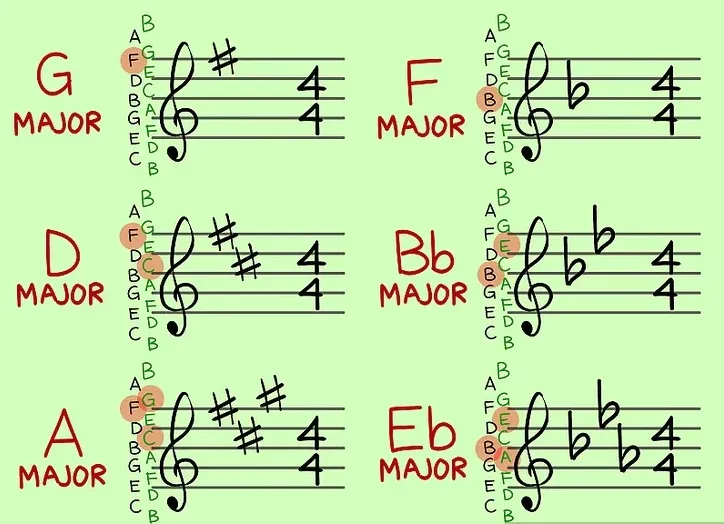
- Key Signature Importance: The key signature, found at the beginning of sheet music, informs you about the sharps or flats throughout a piece, shaping how you play chords within that key.
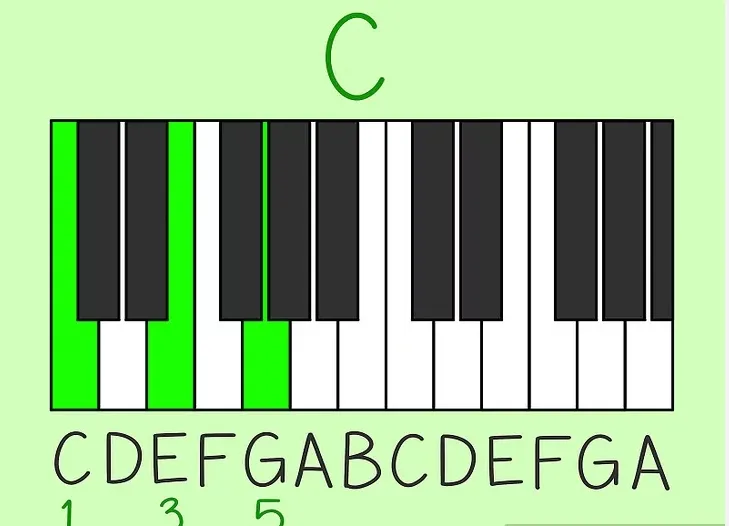
- Forming Major and Minor Chords: Major chords are straightforward, consisting of the first, third, and fifth notes of the scale. To convert a major chord into a minor one, simply lower the third note by a half step
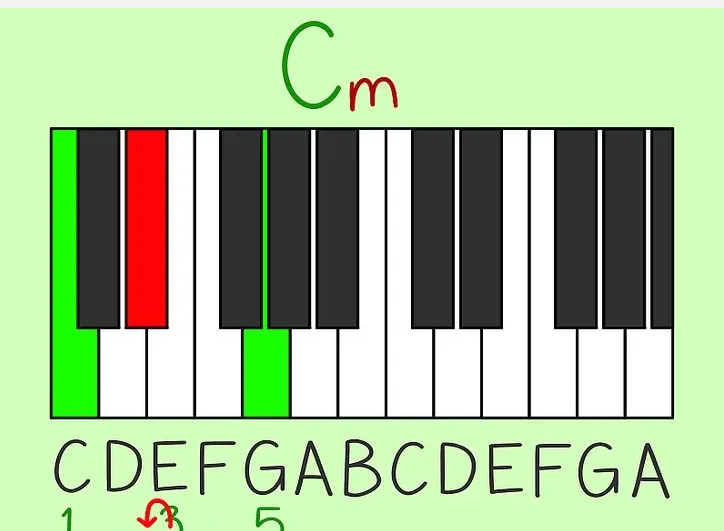
- Exploring Seventh Chords: Seventh chords add a fourth note, the seventh scale degree, to the basic triad. The type of seventh chord (major, minor) affects which seventh note you use.
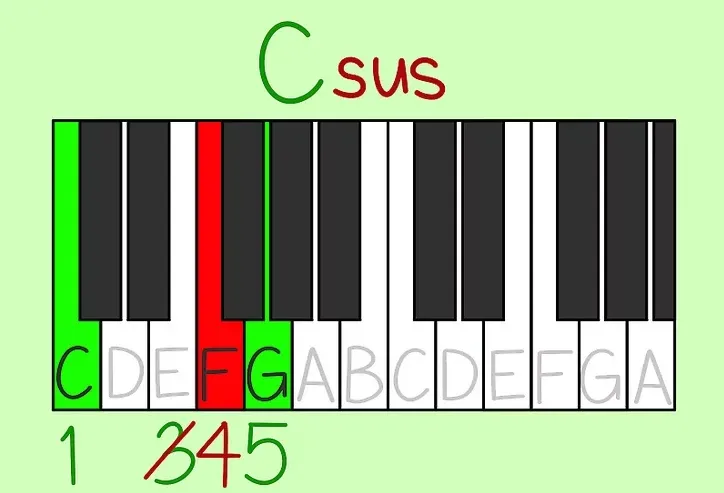
- Advanced Chords: Suspended chords replace the third note with the fourth, creating an unresolved sound. Understanding these and other complex chords becomes easier with a grasp of chord theory.
By demystifying chord charts and scales, and understanding chord theory, you’ll soon be able to play a wide range of songs on the piano with ease
